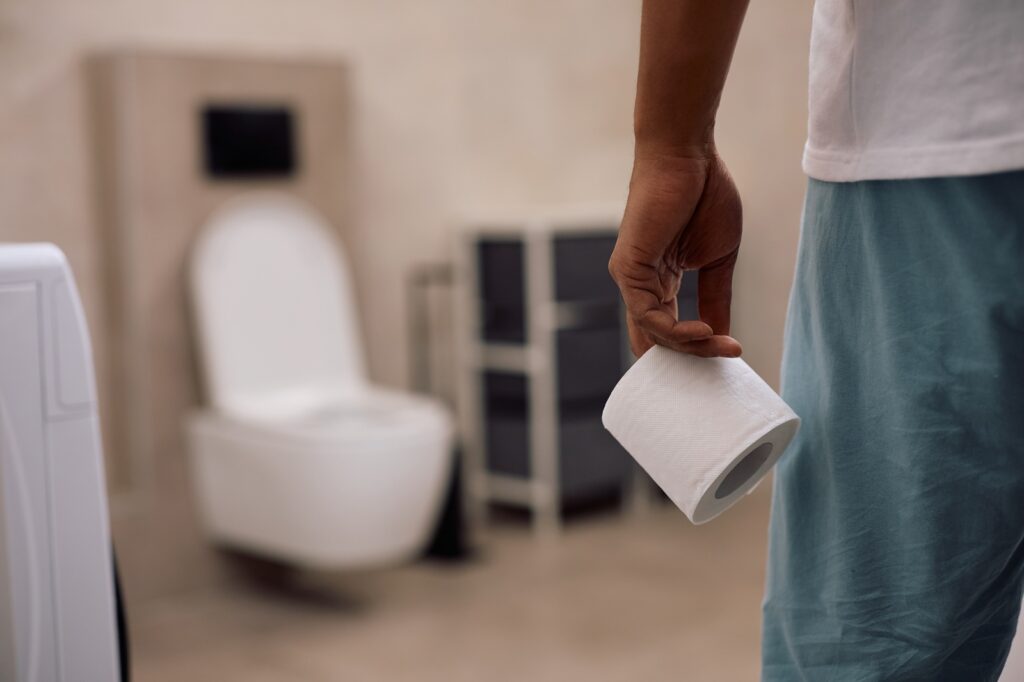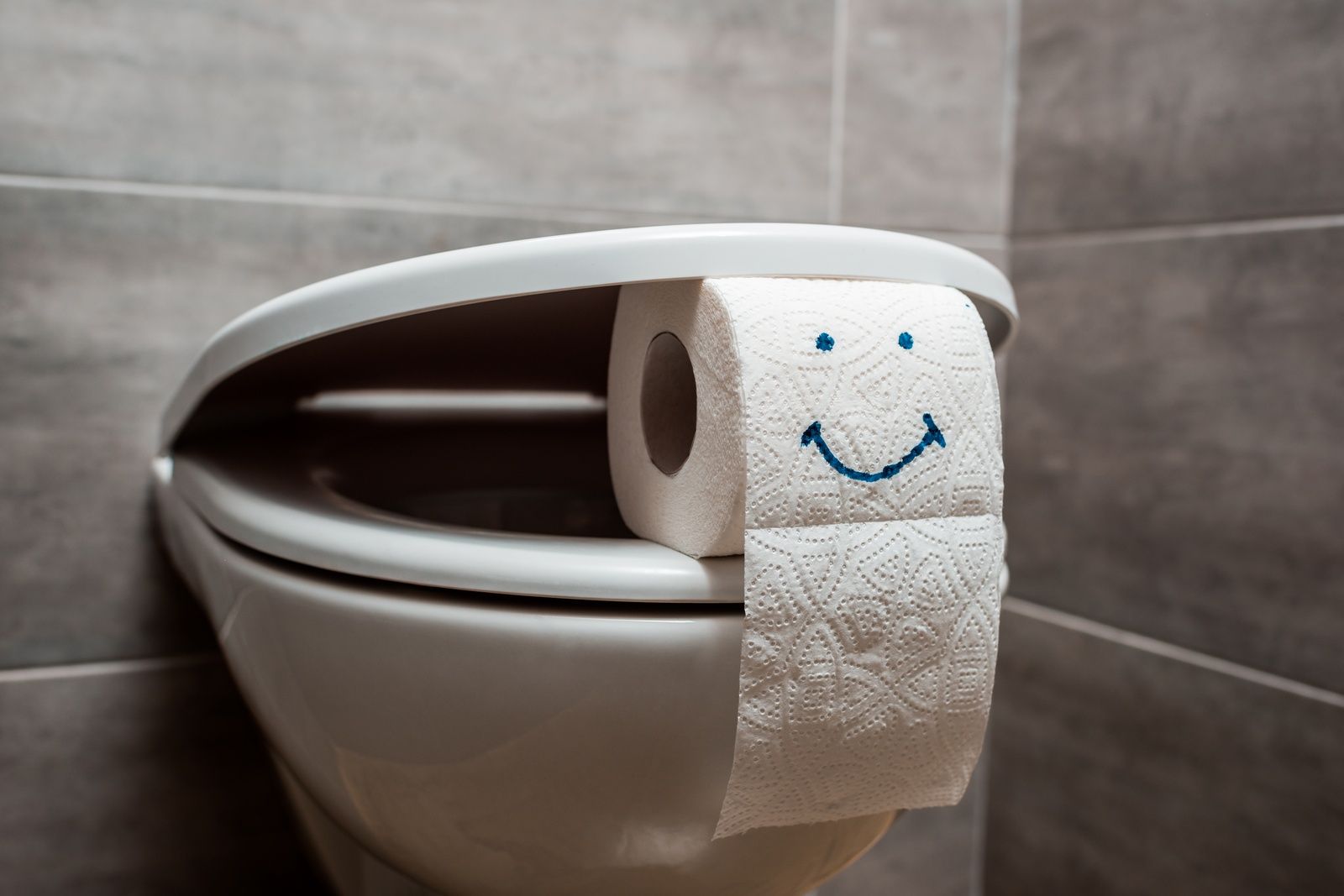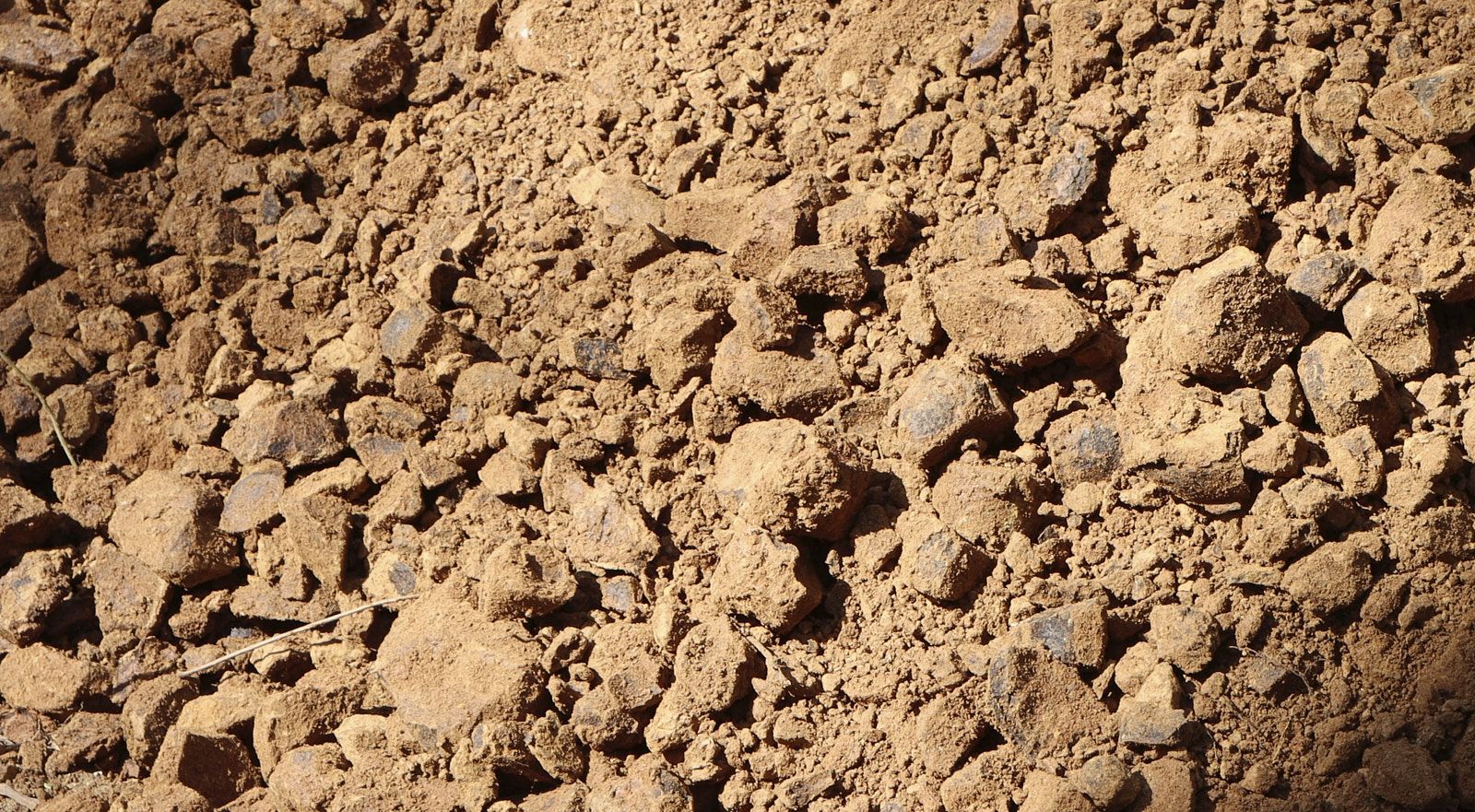Septic Safe Toilet Paper (6 Brands We Recommend)
If you’ve got a septic system, you probably know that you can’t just flush any kind of toilet paper. The wrong kind can clog things up, making things a bit… messy.
But no worries! Finding septic safe toilet paper isn’t as hard as it seems.
In this post, we’ve rounded up some of the best brands to keep your plumbing happy and your home, well, not flooded.
What Kind Of Toilet Paper Is Septic Safe?
Septic systems need a little extra care, and the wrong toilet paper can cause serious problems.
Some toilet papers take forever to break down, which can lead to clogs, backups, and costly plumbing repairs. The best septic safe toilet papers dissolve quickly and don’t contain a bunch of harsh chemicals that can mess with your system.
So, if you’re looking for something that won’t give your pipes a hard time, here’s what to keep in mind:
- It should break down fast so it won’t clog your pipes or tank. The quicker it dissolves, the less likely it is to cause buildup.
- Fewer chemicals are better. Some toilet papers are packed with dyes, fragrances, and bleach, which aren’t great for septic tanks or the environment.
- Recycled paper tends to be a safer bet. It’s usually thinner and breaks apart more easily, making it a solid choice for septic systems.
Also Read: Is Lysol Toilet Bowl Cleaner Safe For Septic Systems?
You basically want something that’s soft enough to use but won’t stick around in your plumbing.

6 Septic Safe Toilet Papers
Here are 6 toilet papers that are ok for your septic systems and perfectly safe to use:
#1 Caboo Tree-Free Bamboo Toilet Paper
Caboo Tree-Free Bamboo Toilet Paper is the BEST septic safe toilet paper.
It’s made from bamboo and sugarcane, so it’s tree-free. Bamboo is naturally sustainable and grows quickly, which makes it an eco-friendly choice for anyone concerned about their environmental footprint.
But it’s also really soft and strong, which is a hard balance to strike. You get that smooth, soft texture, but it’s strong enough not to fall apart too quickly.
And it’s fully biodegradable too, so it’s perfect for septic systems.
If you’re trying to keep things green while also being kind to your plumbing, Caboo is a solid pick. Plus, the packaging is recyclable, so you’re doing good by Mother Earth, too.
Also Read: How Much Does A Septic System Cost In Virginia?
#2 Scott Rapid Dissolving Toilet Paper
Next, we’ve got Scott Rapid Dissolving Toilet Paper. This one’s pretty much made for septic systems, RVs, and places where plumbing is a little… delicate.
Scott’s dissolves super fast, which helps prevent clogs and blockages in your septic tank.
If you’ve got a sensitive plumbing system, this might be your best bet.
It’s soft, strong, and—best of all—designed to break down rapidly when it hits water. So no worrying about it lingering in the pipes. It’s a simple, no-frills option that gets the job done without a lot of fanfare.
Just be warned: it’s not as plush as some of the others, but if you need something dependable and septic-friendly, Scott’s got you covered.
#3 Seventh Generation White Toilet Paper
Seventh Generation White Toilet Paper is another excellent septic safe toilet paper.
It’s made from 100% recycled paper, so it’s a great choice for those who want to go green while still being gentle on their plumbing. Seventh Generation also doesn’t use dyes or fragrances, so it is a good choice for people with sensitive skin.
The paper is a little rougher than some other brands, but it still gets the job done, and it’s definitely easier on your septic system.
If you’re someone who values sustainability, this brand’s commitment to using recycled materials is a big win. Plus, it’s soft enough for daily use, just not as plush as, say, Cottonelle or Quilted Northern.
If you’re prioritizing a balance of eco-friendliness and septic safety, this one’s a winner.
Also Read: How Much Does It Cost To Pump A Septic Tank In Virginia?
#4 Angel Soft Toilet Paper
Angel Soft is a crowd favorite for a reason. It’s soft, strong, and affordable.
It’s a decent pick if you’re looking for something that’s septic-safe and still gives you that soft, cushiony feeling. It’s a blend of virgin and recycled fibers, which means it’s not all eco-friendly but still has some sustainable aspects.
Angel Soft is not marketed specifically as septic safe toilet paper, but it breaks down fast enough to keep things running smoothly and works well in most systems.
If you’re looking for something that feels a little more luxurious than Scott, Angel Soft is a good bet.
#5 Cottonelle Ultra Comfortcare Toilet Paper
Cottonelle Ultra Comfortcare is known for its plush texture and strong durability. It’s soft, absorbs well, and is generally pretty comfortable.
The downside? It’s made from virgin wood pulp, which isn’t the best for the environment, but Cottonelle does try to incorporate some recycled materials.
On the septic front, it’s a solid option since it dissolves fairly quickly and doesn’t clog up your system.
While it’s not the most eco-friendly choice, Cottonelle is a safe bet if you want something that’s reliable and gentle on your plumbing.
It’s not quite as septic-friendly as some of the others on this list, but if you’re looking for comfort and convenience, Cottonelle gets the job done.
Also Read: Copper Sulfate For Septic Tanks
#6 Quilted Northern Ultra Soft & Strong Toilet Paper
Quilted Northern Ultra Soft & Strong Toilet Paper is another classic.
This is great for people who love a softer, cushier feel. It’s got that quilted texture that’s luxurious to the touch, and it’s pretty strong too, meaning it holds up without falling apart.
However, it’s made from virgin wood pulp too.
That said, Quilted Northern has made strides in sustainability by sourcing paper from responsible suppliers.
From a septic perspective, it’s not the absolute best out there, but it does break down well enough to avoid serious issues with your pipes.
If you’re looking for something that balances comfort and performance without overthinking the eco-factor, this is a solid choice.
Bottom Line
And there you have it – 6 septic-safe toilet papers that won’t clog up your pipes.
From eco-friendly options like Caboo and Seventh Generation to more comfortable picks like Cottonelle and Quilted Northern, there’s something for everyone.
So go ahead, and give some of these brands a try!



